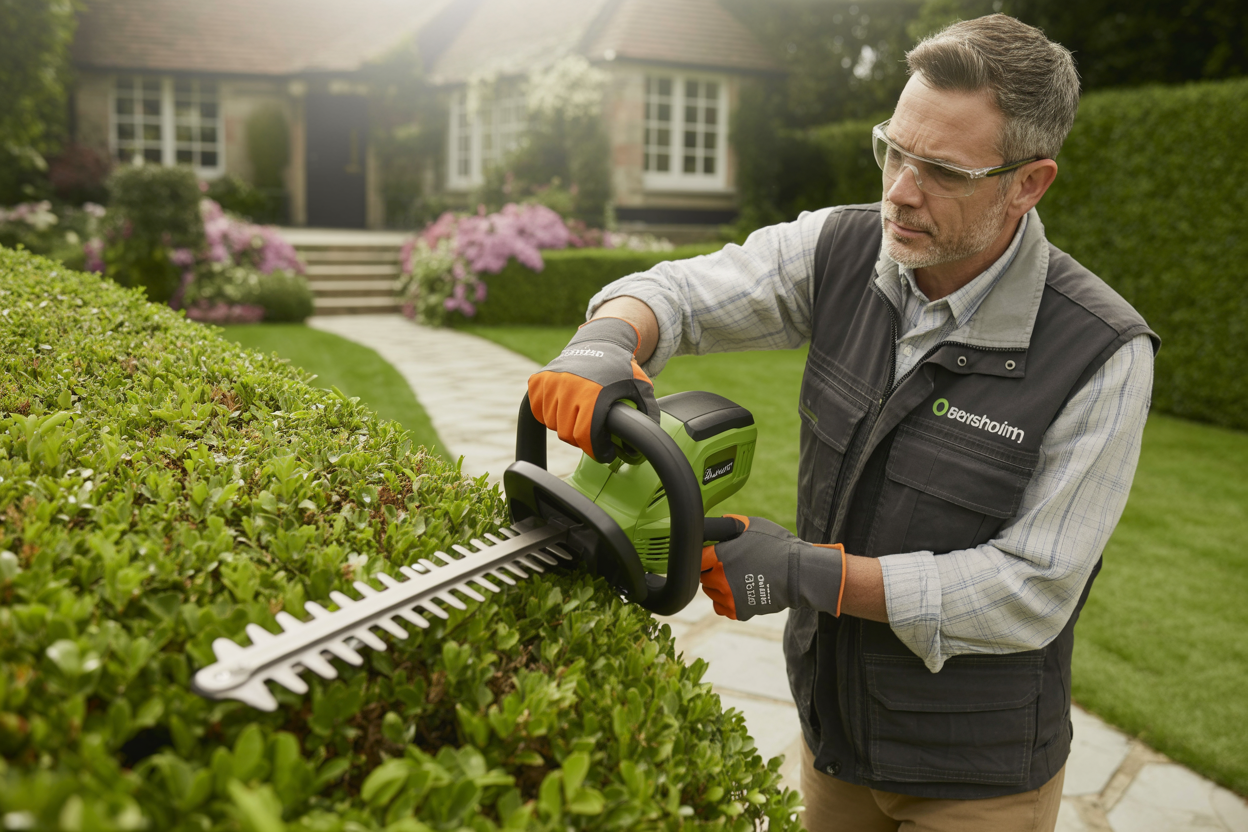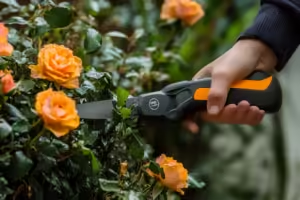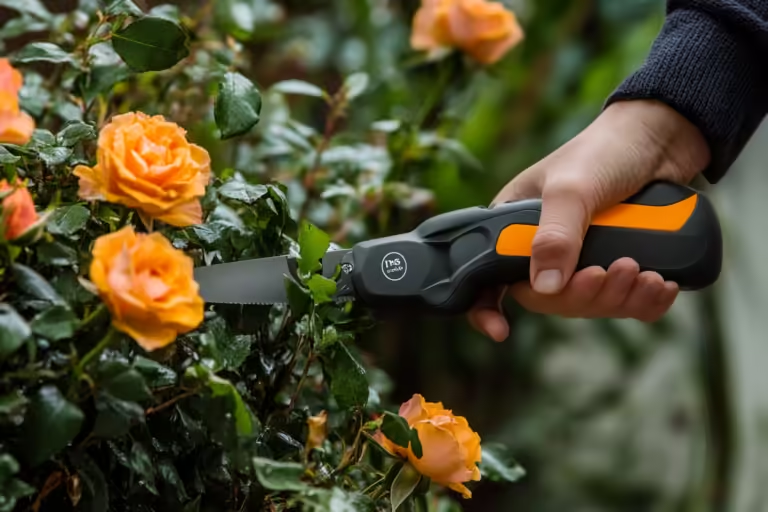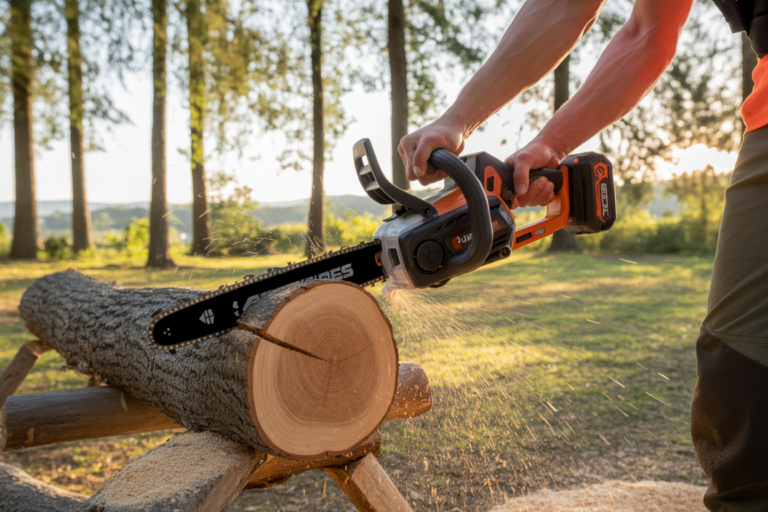Buying a hedge trimmer1 sounds simple—until you’re staring at dozens of models that all look the same. I’ve been there. So here’s a guide that strips away the fluff and helps you choose like a pro.
The best heavy-duty hedge trimmer balances blade length, motor power, battery life, and comfort. Look for a brushless motor, long dual-action blades (around 650mm), and anti-vibration design. For serious trimming work, cordless brushless models offer power without restrictions.
You don’t want to waste money or get stuck with a machine that can't handle thick hedges. I wrote this guide to save you the headache—and to share a few things I’ve learned from years of talking tools and selling to folks who really know what they’re doing.
What is the best heavy duty hedge trimmer?
There’s no “one size fits all,” but I do have a personal favorite.
A professional hedge trimmer is a powered tool used for trimming and shaping hedges, shrubs, and other plants with woody stems. It's designed for efficiency and precision, offering a quick and even cut. Some common types include gas, electric, and cordless hedge trimmers. The best heavy-duty hedge trimmer is a cordless brushless model with at least 600W power, a blade length of 650mm or more, and a rotating rear handle. These features offer strength, reach, and comfort—essential for long hours on tough hedges.
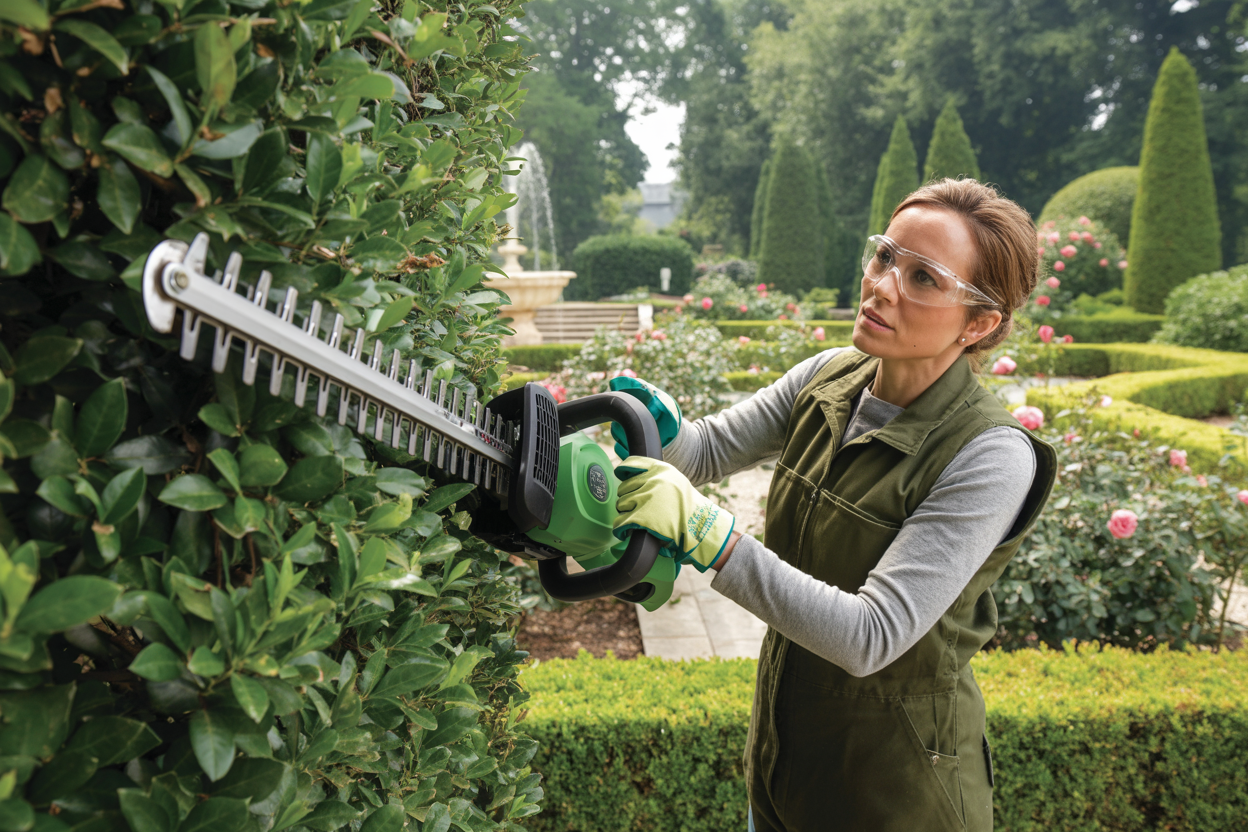
Let me paint a picture.
A few years ago, a client from France ran a landscaping team. They worked sunrise to sunset, trimming parks and estates. I sent them one of our 21V brushless hedge trimmers with a 660mm blade and rotating handle. Six months later, they called it their "go-to workhorse."
Why?
- Power: The brushless motor doesn’t overheat or stall.
- Length: 660mm blade handles wide, deep hedges fast.
- Comfort: 180° rotating handle avoids wrist strain.
- Durability: Vibration-reduction meant less fatigue and fewer returns.
If you’re cutting shrubs around your home once a month, this might be overkill. But if you’re managing jobs where time is money and branches fight back—you need a trimmer built like a tank.
What is the difference between a hedge trimmer and a hedge cutter?
This question comes up all the time—sometimes even from seasoned buyers.
A hedge trimmer is designed for shaping and maintaining soft new growth, while a hedge cutter is built for thicker, woody branches. Trimmers are lighter and faster; cutters are heavier and stronger.
A simple way to remember it?
Think of a hedge trimmer like a fine brush—ideal for detail work. You’ll use it regularly to keep hedges tidy.
A hedge cutter, on the other hand, is like a machete. It’s for hacking down overgrown or neglected hedges, especially the parts where normal trimmers stall out or jam.
Some tools combine both functions. That’s where blade specs matter—if your machine handles 33mm branches and has 600W+ of power, it’s crossing into hedge cutter2.
What is the best tool to cut thick hedges?
Thick hedges are another beast entirely.
The best tool for cutting thick hedges is a brushless hedge trimmer with a cutting capacity of at least 30mm, high RPM (around 2400), and anti-vibration support. Battery backpack options help extend runtime without adding weight to the tool itself.
Let me share a story.
Last year, a landscaper in southern Italy asked me:
“Robert, we trim wild laurel hedges. The normal trimmer jams. What do I need?”
I recommended a cordless unit with:
- Brushless motor (600W)
- Cutting diameter: 33mm
- Dual-action steel blades (660mm)
- Speed selector (3 gears)
- Backpack battery compatibility
He messaged me two weeks later—"I didn't believe a battery one could do this, but this cuts like a chainsaw."
So yes, power matters. But smart design—vibration damping, rotating handles, adjustable speed—also saves your back and boosts precision.
What to look out for when buying a hedge trimmer?
Too many buyers just chase low prices. I get it—but here’s what really counts.
When buying a hedge trimmer, prioritize blade length, motor power, safety features, battery life (if cordless), handle comfort, and cutting capacity. Look for CE or GS certification for peace of mind.
Here’s a checklist I usually share with clients:
| Feature | Why It Matters |
|---|---|
| Blade length (600-660mm) | Better reach, cleaner cuts |
| Motor type (brushless) | More efficient, less noise |
| Cutting capacity (30mm+) | Handles thick growth |
| Weight balance | Reduces fatigue |
| Rotating handle | Easier on wrists during vertical trimming |
| Battery life | Longer jobs, fewer interruptions |
| Certifications | Ensures safety & legal compliance (what is CE certification?) |
Never overlook vibration control. A few hours of buzzing in your hands and you’ll know why.
How big of branches will a hedge trimmer cut?
People overestimate what trimmers can do—and then blame the machine.
Most standard hedge trimmers cut branches up to 20mm thick. Professional-grade models with powerful motors and wider tooth gaps can cut up to 33mm.
Here’s a rough guide:
| Trimmer Type | Max Branch Thickness |
|---|---|
| Light-duty | 12–15mm |
| Medium-duty | 16–25mm |
| Heavy-duty (brushless) | 30–33mm |
Want to go bigger? Use a chainsaw or reciprocating saw. Hedge trimmers aren’t meant to be tree cutters, no matter how beefy they look.
Which is better, a corded or cordless hedge trimmer?
Ah, the classic showdown.
Cordless hedge trimmers are better for mobility, safety, and convenience, while corded models are ideal for continuous power in small areas. Choose cordless if you need to cover large ground or work professionally.
I’ve sold both—and honestly, cordless wins 80% of the time now.
A few years ago, I watched a guy trip over his own extension cord and fall into a boxwood. Not fun.
Today’s cordless models run strong, with 30-60 minute batteries and fast chargers. And with a backpack battery setup? You're good for hours. No cable. No stress. Just trim and move.
The only time I’d still recommend corded?
If you're trimming a tiny garden patch near an outlet and don’t mind the wire.
Conclusion
Hope this guide helped you slice through the noise. Choosing the right hedge trimmer isn’t about picking the fanciest tool—it’s about picking what fits your job, your hands, and your time.
-
This link will take the reader to a comprehensive hedge trimmer buying guide to help them understand the core criteria for selection—power type, blade length, and safety features. ↩
-
This helps readers understand what distinguishes a hedge trimmer from a hedge cutter, especially when specs overlap. ↩

